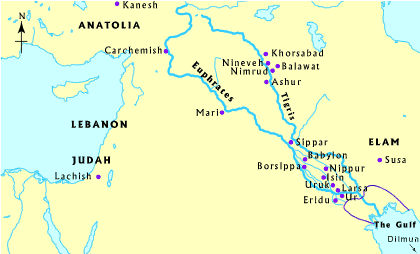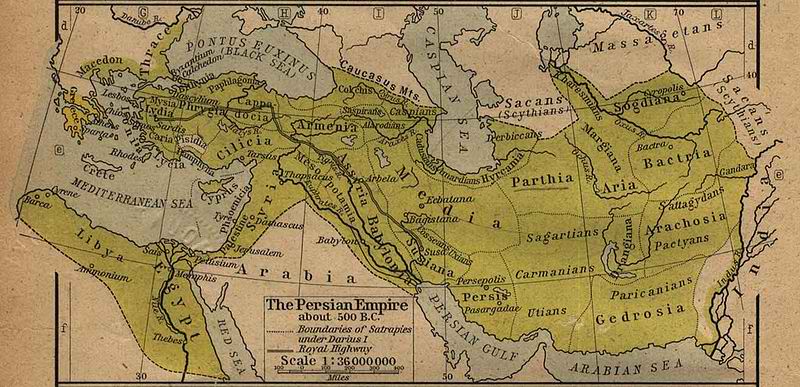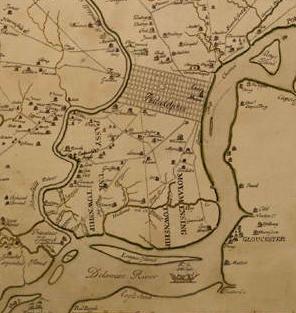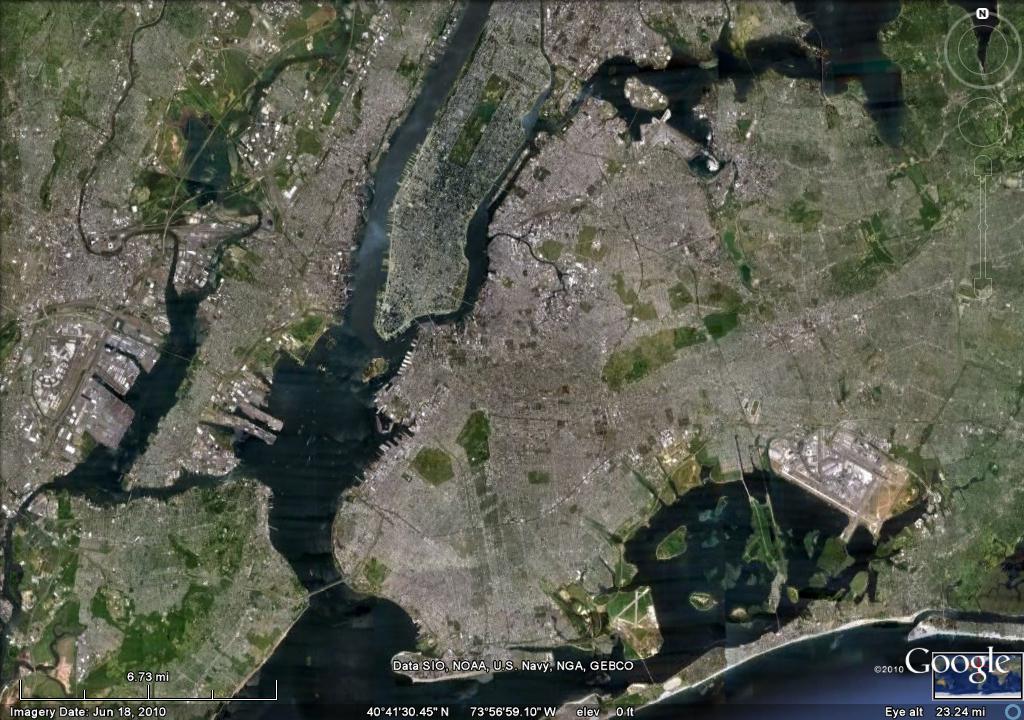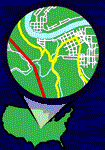 Importance of Transportation
|
Saving Communities
|
|
The Importance of TransportationNothing is more important to civilization than transportation and communication, and, apart from direct tyranny and oppression, nothing is more harmful to the well-being of a society than an irrational transportation system. Trade is essential to economic vitality, and transportation is essential to trade. All trade of wealth and productive labor involves transportation, whether it is the movement of goods or the movement of people from their homes to their jobs or their homes to the places where they shop. Trade is impossible without transportation, and complex trade is impossible without modern, mechanized transportation. Until the time of railroads, transportation was treated as a "public good" that anyone within the society could use. Even man-made systems, such as roads and canals, were usually publicly or cooperatively owned, and any charges for use were dedicated to offsetting construction and maintenance costs. Transportation and Ancient CivilizationPrior to mechanized transportation, civilization (that is, village centers and the surrounding farms that nourished village dwellers) occurred almost entirely along rivers. The first known civilivization was Sumer in lower Mesopotamia. "Sumer" means "land of the civilized lords," and "Mesopotamia" is Greek for "between the rivers." The Sumerians built canals between these rivers, for both irrigation and navigation, and are credited with invention of the wheel. The wheel made it possible for farmers to haul produce short distances over land, which in turn made larger cities possible.
Mesopotamian Cities, from The British Museum Until the Industrial Revolution, each empire was displaced by a neighboring empire. Although the the established empires fell after the growth of privilege and corruption weakened them as they aged, the newer, more vital neighboring empires were usually those that enjoyed excellent transportation along rivers, seas and oceans. The Sumerians were displaced by the Mitanni, whose empire joined the upper Euphrates with the eastern Mediterranean and thereby dominated the lower Euphrates. Egyptian kingdoms began on the upper Nile, which at the time was fertile, but the Egyptian empire came to be centered at the Nile Delta, with access to the Mediterranean. Unlike the oceans, the Mediterranean was usually calm enough for safe navigation using early sailing technology. Then the Persian empire presided over semi-autonomous states that dominated the northwestern Red Sea, the eastern Mediterranean, the southern Black, Caspian and Aral seas, and then northern Persian Gulf and Arabian seas. However, its internal transportation systems were too weak to prevent rebellions, and that empire was displaced by the Greek empire and in turn the Roman empire, both based on maritime trade and domination of the Mediterranean Sea.
The Romans also built a vast network of roads throughout its empire, financed through a combination of tolls and taxes. The roads were built by the Roman military and maintained by the local provinces and municipalities. However, road travel was slow and laborious compared to sea travel. The Roman empire eventually lost control of regions along the North Atlantic and Baltic Seas, partly because Roman supplies and reinforcements had to either travel over mountainous land or take a very long sea route around Iberia. Although each freed society differed in important ways, their cities developed either along rivers or coasts, and the largest cities developed near major harbors, where the advantages of river and sea travel were combined. American Transportation before RailroadsWater transportation dictated development patterns in North America, just as it had in Europe and the Near East. The first North American settlements, whether British, Dutch, French or Spanish, were primarily at coastal river outlets, although the Dutch created an early Indian-trading settlement at Albany, where the Mohawk flowed into the Hudson. As the British, Dutch and Spanish dominated the Atlantic coast, the French struck inland up the Mississippi and St. Lawrence rivers, depending on the ability to ship products downstream. Pennsylvania's access to the sea was via the Delaware River, which became too shallow for ocean vessels just upstream of what is now Philadelphia. Also, the Delaware merely bordered Pennsylvania, while the Schuylkill went somewhat into the state's interior. Because the actual confluence point of the two rivers was swamp, colonial Philadelphia could not be located there. However, the two rivers curved toward each other just above the confluence point, and Philadelphia was laid out on the only dry land that was close to both rivers.
As early transatlantic sailing vessels were few in number and relatively small and light, the depth and width of river outlets and harbors was relatively unimportant. As heavy shipping developed, New York's deep harbor and complex of navigable tributaries made it the largest city in the US.
The New York / New Jersey Harbor complex today Before the rise of mercantilism, almost all the canals were built, owned and operated unter the aegis of government. Gradually, however, the lure of monopoly profits, as well as the drive of land speculation, caused more and more canal projects to be undertaken by private interests, often with public subsidy. This profiteering drive was especially strong in the United States, with crowded eastern cities and cheap, unpopulated western lands. A new canal turned worthless acres into land that, while still cheap by European standards, gave an enormous return to those who had anticipated the canals and acquired land near the canal routes in advance for almost nothing. In terms of sheer plunder, however, nothing matched the era of the railroad, especially in the United States.
|
New PagesNavigation
Fundamental Principles
How You Can Help |
|
|
Saving Communities |
||
